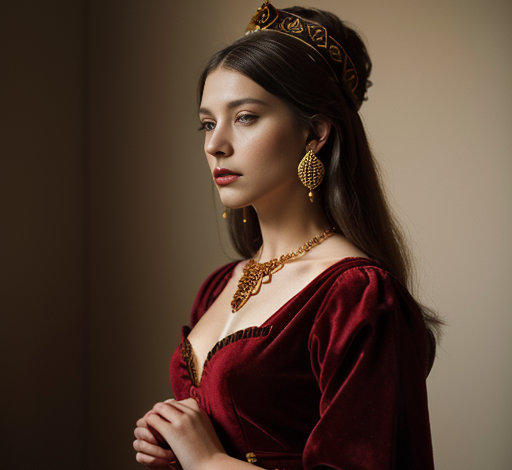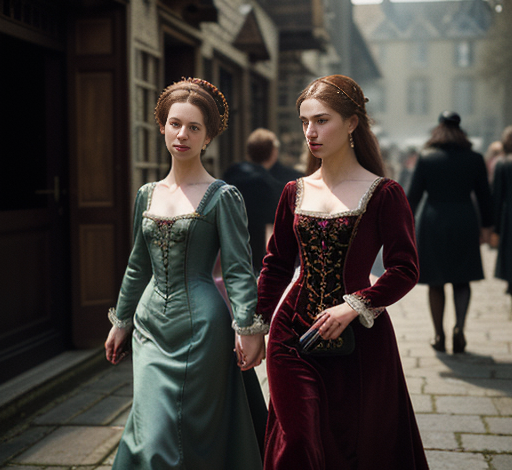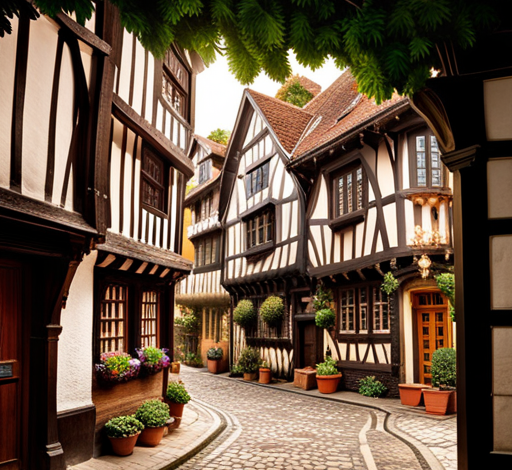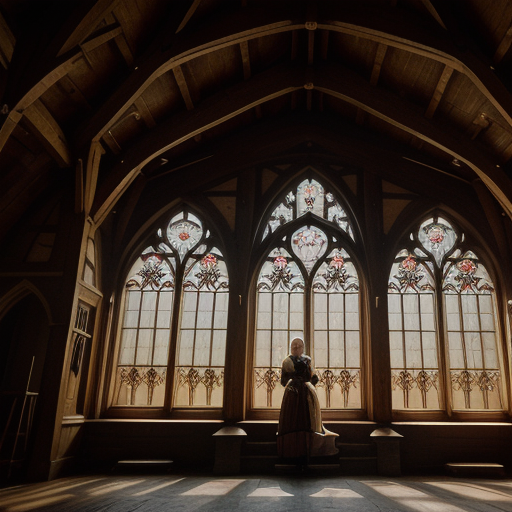
The Evolution of Tudor Style
Are you curious about the fascinating evolution of Tudor style?
Get ready to delve into the rich history and intricate details of this architectural movement.
From its medieval influences in the early Tudor period to the emergence of the Tudor Renaissance style, and the lasting legacy in modern architecture, this article will provide you with a contextual and analytical exploration.
So sit back, relax, and prepare to discover the captivating journey of Tudor style.
Early Tudor Period: Medieval Influences

In the early Tudor period, you’ll see the influence of the medieval era in the development of Tudor style. The architecture of this time was greatly influenced by the medieval period, particularly the Gothic style. The Tudor architects drew inspiration from the grandeur and intricacy of medieval architecture, incorporating elements such as pointed arches, ribbed vaults, and ornate tracery.
These Gothic influences can be seen in the design of Tudor buildings, with their tall and slender windows, steeply pitched roofs, and decorative carvings. The use of stone and timber, characteristic of medieval architecture, also continued in Tudor buildings.
This blending of medieval and Tudor styles created a unique architectural aesthetic that still captivates and impresses to this day.
Transition to Tudor Renaissance Style
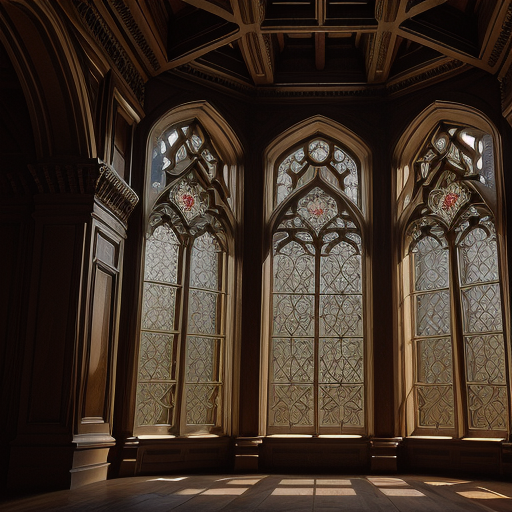
As you continue exploring the evolution of Tudor style, you’ll notice a transition towards the Tudor Renaissance style characterized by a distinct departure from medieval influences.
This transition was influenced by various factors, including the cultural and artistic changes taking place during the Renaissance period. The Tudor Renaissance style emerged as a response to the growing interest in classical architecture and design. Influences from Italian and French architectural styles began to shape the Tudor revival, resulting in a fusion of Tudor elements with Renaissance features.
This new style was characterized by a more symmetrical and balanced aesthetic, with an emphasis on proportion and harmony. The use of classical motifs such as columns, arches, and pediments became more prevalent, adding a sense of grandeur and sophistication to Tudor buildings.
The transition to Tudor Renaissance style marked a significant shift in architectural design, reflecting the changing cultural and artistic landscape of the time.
Emergence of Elizabethan Architecture
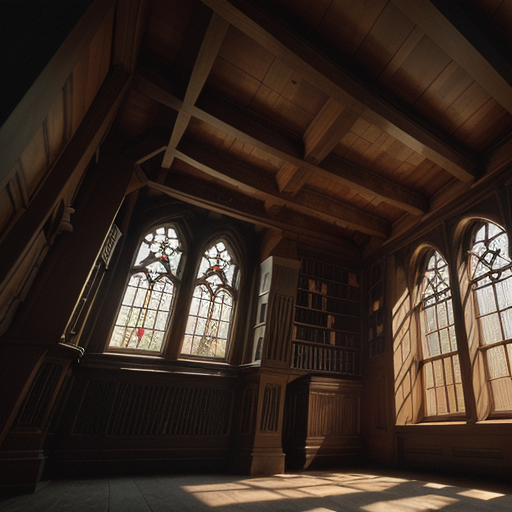
Now let’s delve into the emergence of Elizabethan Architecture, where you’ll see how this distinctive style further developed from the Tudor Renaissance influences.
Influenced by the Tudor Renaissance style, Elizabethan architecture evolved to reflect the changing political and cultural landscape of England during the reign of Queen Elizabeth I. One of the key influences on Elizabethan architecture was the continuation of the Tudor style, characterized by its half-timbered construction and ornamental details.
However, Elizabethan architecture also incorporated elements from other architectural styles, such as classical, Gothic, and Italian Renaissance. This eclectic mix of influences resulted in the unique characteristics of Elizabethan architecture, including the use of decorative patterns, symmetrical facades, and towering chimneys.
Additionally, the Elizabethan period saw the rise of grand country houses and theaters, showcasing the wealth and creativity of the era.
Tudor Style in Country Houses
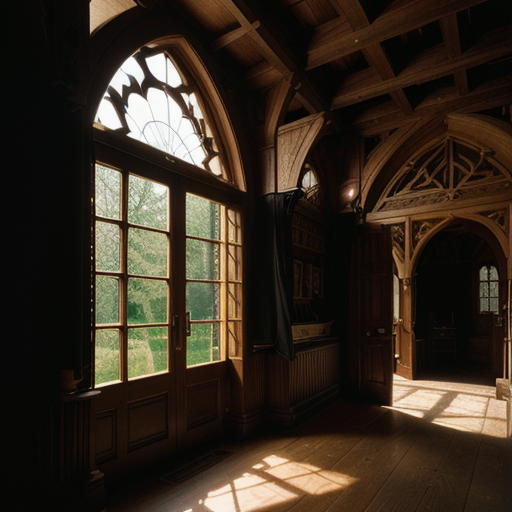
Let’s explore the incorporation of Tudor style in country houses.
The influence of Tudor style on interior design can be seen in the grand country houses of the era. These houses were often characterized by their timber-framed structures, steep gabled roofs, and ornate chimney stacks.
The interiors of these houses featured intricate woodwork and plasterwork, showcasing the craftsmanship and attention to detail that defined the Tudor period.
Additionally, the use of mullioned windows and decorative leaded glass brought in natural light while maintaining a sense of privacy.
While Tudor style was commonly associated with urban architecture, its adaptation in country houses allowed for the creation of grand and opulent spaces that blended harmoniously with the surrounding natural landscape.
Legacy of Tudor Style in Modern Architecture
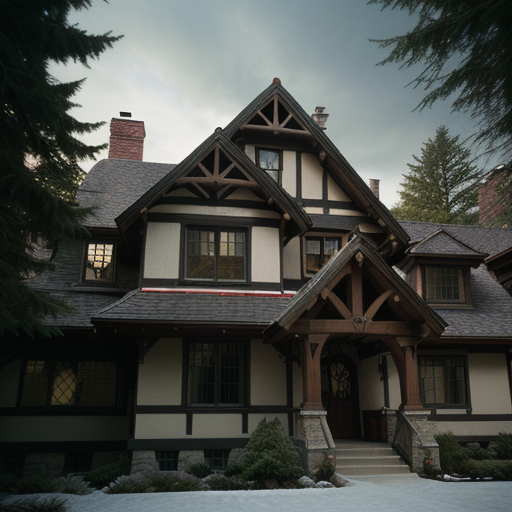
To understand the lasting impact of Tudor style in modern architecture, you can observe the widespread use of Tudor elements in both residential and commercial buildings.
Tudor style influences can be seen in contemporary design, where architects have adapted the features of this iconic style to suit the needs of urban architecture. One such adaptation is the use of half-timbering, a characteristic Tudor element, in the construction of modern buildings. This technique involves exposing the wooden framework of a structure, creating a sense of warmth and charm.
Another prominent influence is the use of steeply pitched roofs and tall chimneys, which not only evoke the spirit of Tudor architecture but also contribute to the overall aesthetic appeal of modern buildings.
The legacy of Tudor style in modern architecture is a testament to the timeless elegance and versatility of this design tradition.

